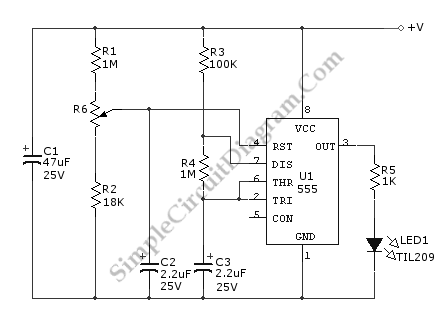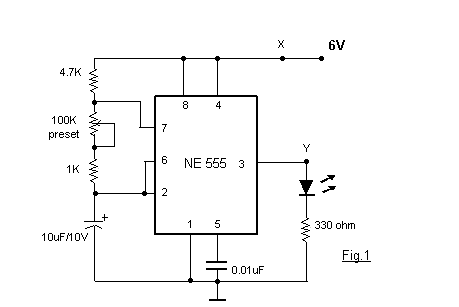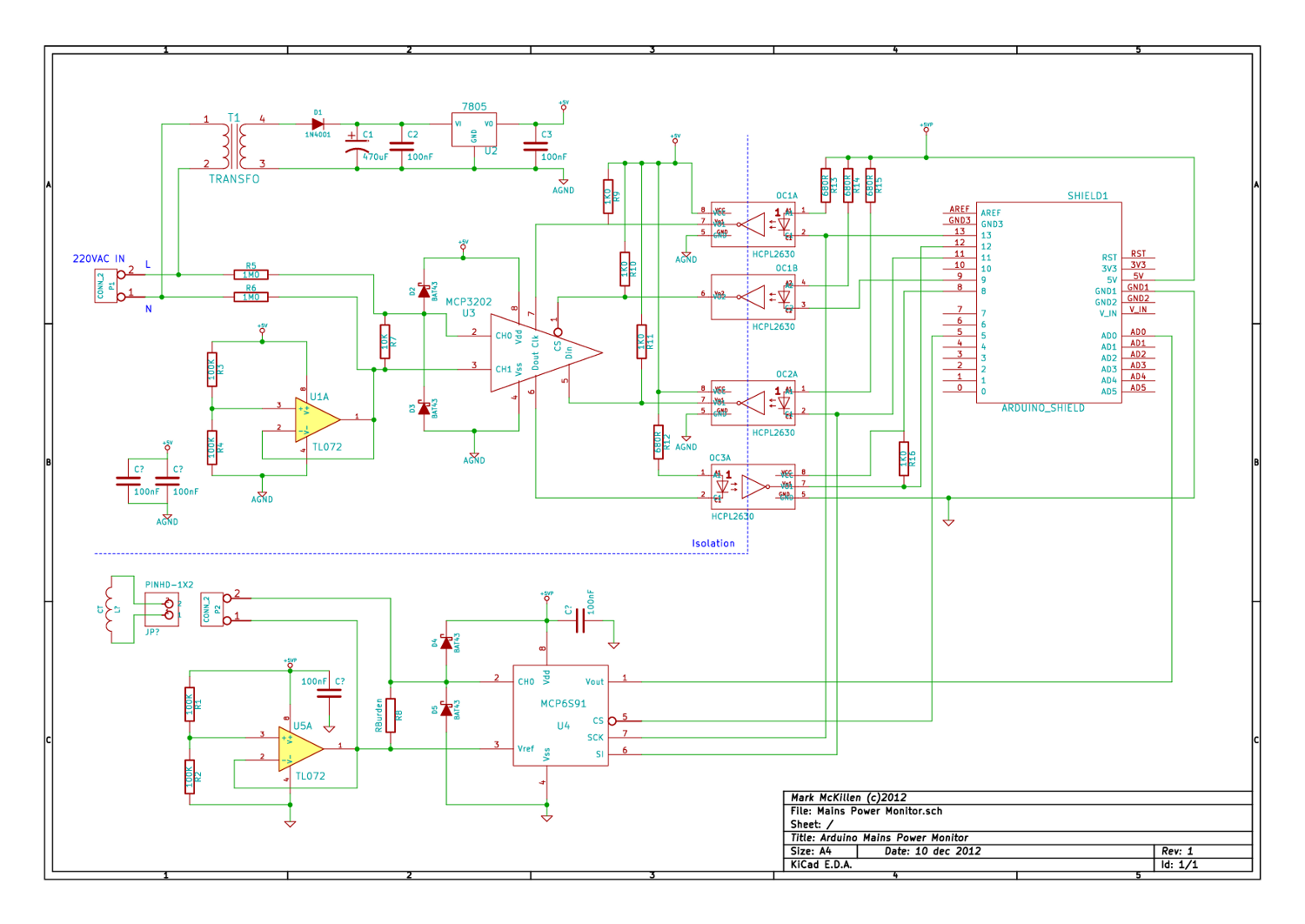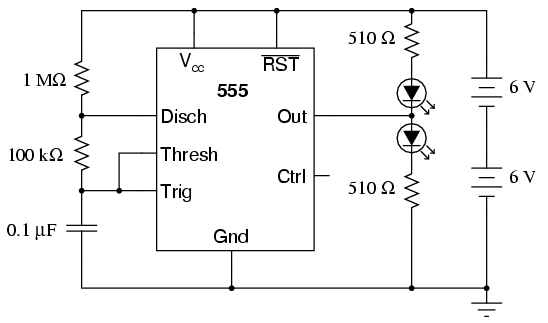
Supply Voltage Monitor with 555 IC

This is a supply voltage monitor circuit, which serves as an indicator to show if the power supply is in good condition. It is designed using the IC 555 timer.
The supply voltage monitor circuit utilizes the versatile 555 timer IC, which operates in a comparator mode to monitor the voltage level of the power supply. When the supply voltage exceeds a predetermined threshold, the circuit activates an output signal, typically in the form of an LED indicator. This LED will illuminate, providing a visual indication that the power supply is functioning properly.
The circuit can be configured with a voltage divider network to set the reference voltage against which the supply voltage is compared. Resistors R1 and R2 form this voltage divider, and the values can be adjusted to set the desired threshold level. The output of the 555 timer can be connected to a transistor for driving larger loads, such as an alarm or additional indicators, enhancing the circuit's functionality.
Additionally, the 555 timer can be powered by the same voltage it is monitoring, making it a self-sufficient solution. The design should also incorporate protective components, such as Zener diodes or fuses, to safeguard against overvoltage conditions. This ensures that the circuit remains operational and reliable under varying conditions.
In summary, this supply voltage monitor circuit provides an effective means of ensuring that power supply levels remain within acceptable limits, thus preventing potential damage to connected devices and enhancing overall system reliability.This is a supply voltage monitor circuit, an indicator to show if the power supply is in good condition. Designed using the IC 555 timer, this circuit will.. 🔗 External reference
The supply voltage monitor circuit utilizes the versatile 555 timer IC, which operates in a comparator mode to monitor the voltage level of the power supply. When the supply voltage exceeds a predetermined threshold, the circuit activates an output signal, typically in the form of an LED indicator. This LED will illuminate, providing a visual indication that the power supply is functioning properly.
The circuit can be configured with a voltage divider network to set the reference voltage against which the supply voltage is compared. Resistors R1 and R2 form this voltage divider, and the values can be adjusted to set the desired threshold level. The output of the 555 timer can be connected to a transistor for driving larger loads, such as an alarm or additional indicators, enhancing the circuit's functionality.
Additionally, the 555 timer can be powered by the same voltage it is monitoring, making it a self-sufficient solution. The design should also incorporate protective components, such as Zener diodes or fuses, to safeguard against overvoltage conditions. This ensures that the circuit remains operational and reliable under varying conditions.
In summary, this supply voltage monitor circuit provides an effective means of ensuring that power supply levels remain within acceptable limits, thus preventing potential damage to connected devices and enhancing overall system reliability.This is a supply voltage monitor circuit, an indicator to show if the power supply is in good condition. Designed using the IC 555 timer, this circuit will.. 🔗 External reference





